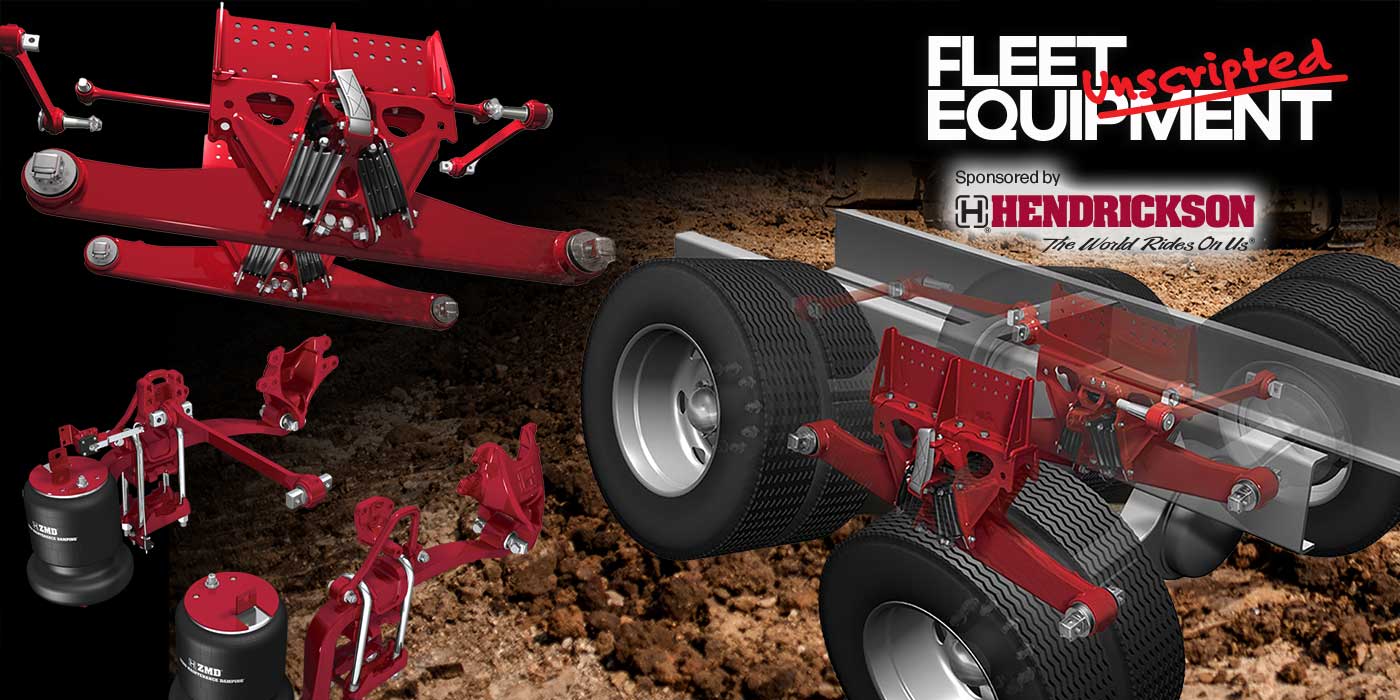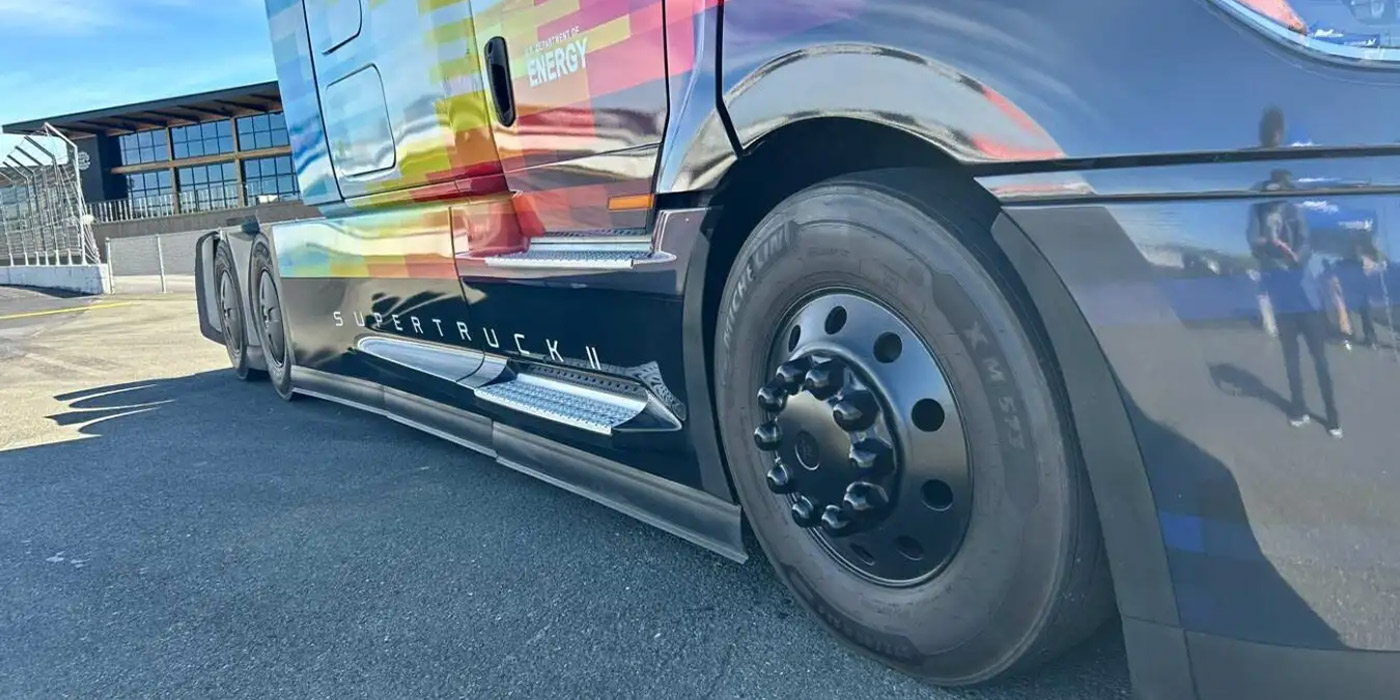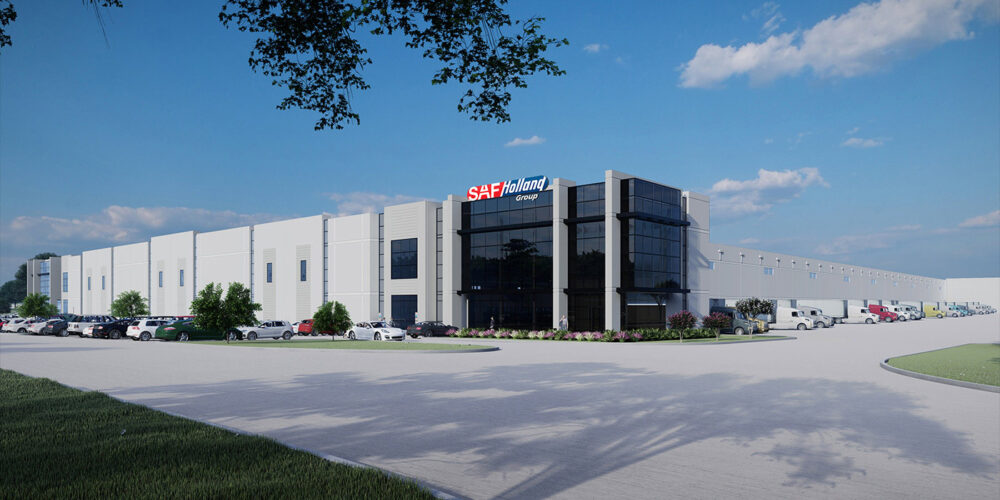For more than fifty years, crude oil refiners based long-range planning on the fact that gasoline demand and lube oil consumption would increase every year. Recently, the oil industry has undergone some significant changes.
Traditionally, over half of the 42-gal. crude oil barrel (approximately 60%) was used for gasoline production. Increased air travel, dieselization of the trucking industry, passenger car fuel economy increases, and reduced passenger car annual mileage have all combined to increase the demand for diesel and reduce the demand for gasoline. Currently, gasoline demand accounts for less than half (19.5 gal.) of the barrel of crude. Refiners with facilities built to optimize gasoline yield are having trouble getting rid of excess gasoline.
When talking about increased diesel fuel demand, one must include all of the fuels that are categorized “distillate” fuels. Heavy residual oils, home heating oils, jet fuels and kerosene all join diesel in the distillate fuels column. Distillate fuels now account for 16 gal. of the crude oil barrel, and demand is increasing every year (3.5% for diesel).
Recognizing this trend, most refiners have projects on their books to rebalance refineries to optimize distillate fuel production. For a myriad of reasons, mostly environmental and regulatory, none of these projects will be productive until 2011 or 2012. Meanwhile, distillate demand continues to increase.
Lube oil demand, however, continues to decrease due to improved oil quality, which enables longer oil drain intervals and reduced engine oil consumption. Lube oil demand has been flat for years, and it is actually decreasing in the U.S. The number of passenger car engine oil changes has decreased from 4 per year in the 1990s to 2.8 per year in 2008. For most operators annual lubricant service costs are actually down, and used oil disposal has become less of a problem.
Current lube oil demand accounts for only 0.5 gallons of the 42-gal. crude oil barrel. This is roughly 1/3 of the amount used for asphalt and road oil—a far cry from the 1.5-gal. position it once occupied. Currently, lube oil marketers sell only 2.5 billion gal. of lube oil per year.
Some fuel and oil marketers have closed their U.S. refineries and will get their products from Venezuela. The Middle East, which often partners with refinery giants, is rapidly producing new refinery capacity at over twice the rate of the U.S.
It seems like the U.S. wants to disavow anything to do with oil refineries, yet our scientists are able to develop commercially viable alternative fuels. Nevertheless, our fuel and lubricant demand is twice that of any other region in the world except China.
I believe we must allow refiners to rebalance U.S. refineries to produce more diesel fuel, and we must drill in areas such as the Bakken oil field. We can wish for a clean and green future, but we can’t get there by cutting off our nose to spite our face. We must increase energy dependence with traditional fuels today and work toward a greener tomorrow with alternative fuels.
Incidentally, Brazil just made a significant crude oil discovery (over 50 billion barrels) 115 miles from its shores. BP also announced a 4- to 6-billion barrel discovery (the Tiber Prospect) 250 miles southwest of Houston in U.S. waters. Since we didn’t find it, the U.S. will ultimately be purchasing this crude oil from the British.













